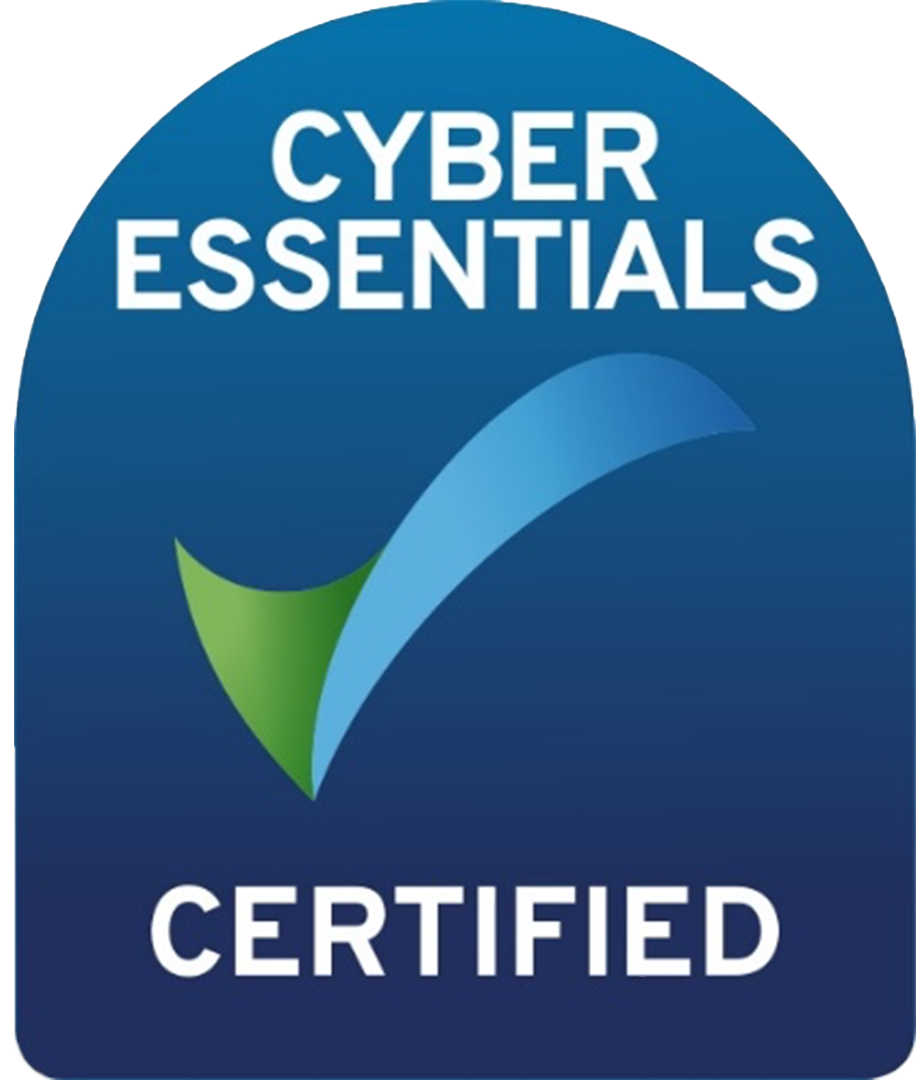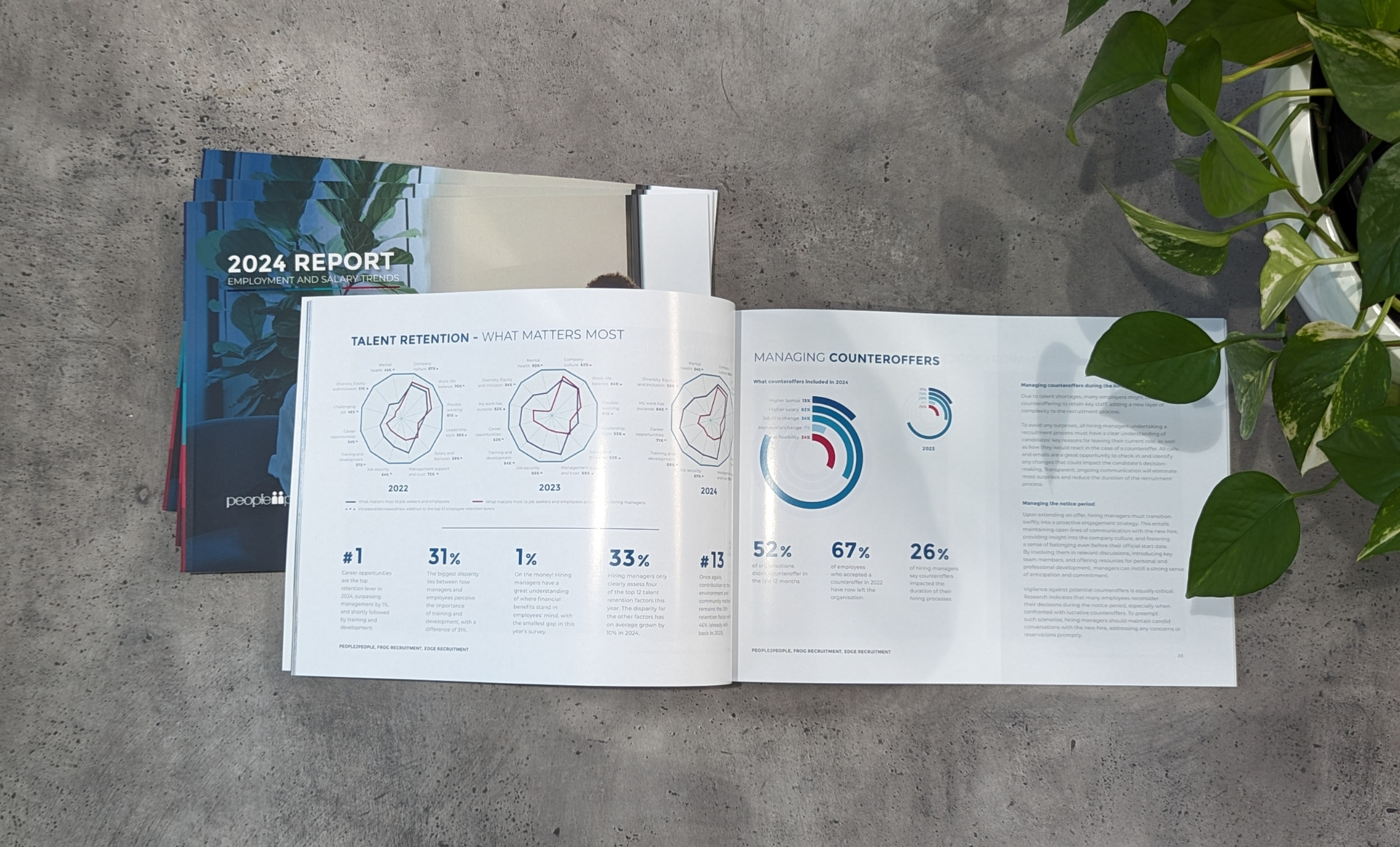Lots of people make mistakes filling in their Australian Tax File Number (TFN) Declaration form. This isn’t because people are stupid, it’s mostly because the form itself uses jargon and terms that pretty much mean nothing to the average punter. The most confusing question is often around the “ are you an Australian resident for tax purposes? ” and claiming the ‘ Tax Free Threshold’ .
Let’s start with the Are you a Resident question. The Tax Office actually has an online calculator for this and it’s very straight forward. For those of you in Australia on a working holiday visa, the important question is very much around your intention to stay in one place for 6 months or more. This means, if you have arrived here from the UK and intend on living in Sydney for 6 months then you will be classified as an Australian resident for tax purposes [1]. However, if you have arrived here and intend to travel the country, working short term jobs as you travel around, without settling in any one place for 6 months at a time, then you are classified as a Foreign Resident for tax purposes.
What is the difference?
The fundamental difference between the two is your ability to claim the magic ‘tax free threshold’. In Australia, permanent residents can claim the first $18,200 of their income as being tax free, and you only pay tax on your income over $18,200. If you are not a permanent resident for tax purposes, you will be taxed on every dollar you earn.
Why don’t I just lie and say I am a permanent resident and get the tax free threshold?
The Australian Tax Office loves people like you. They get their ‘Clint Eastwood’ on, chew on a cigar and say things like “Go ahead punk, make my day.” If the ATO suspects you are defrauding them of tax, they may just choose to hunt you down and make your life hell. I am not saying that they will, but you are silly to risk it. In fact, its people like you that have led to the Australian Government to propose legislation to tax ALL working holiday makers from the first dollar earned (eg no working holiday maker (WHM) can claim the tax free threshold). That legislation is another blog post in its own right, but be aware…there are rumblings out there to tax all WHM from the 1st July 2016.
What if I don’t provide a Tax File Number when I start working?
Firstly, you are not required to provide your employer with a tax file number declaration form. That is your right. But if you don’t provide your TFN within 28 days of starting work, then your employer is obliged to tax you at the TOP marginal rate. What is that rate? 47 cents of every dollar. So if you earn $100 in a week, the tax office will slice off $50 thank you very much. That’s gotta hurt.
Oh no, I have filled in my form incorrectly…what can I do so I don’t get into trouble?
Easy…fill in this form and provide it to your employer. They can update their systems and let the ATO know that you have authorised an adjustment. Remember as this is a legal document, you can’t just call us and ask us to make the change ; you need to fill in the form or if you are working for people2people, go online to the talent portal and update your details. [1] Please note, proposed legislation may change your status as a permanent resident in 2016
Share this article
Useful links
Search for jobs today
Temp Jobs in United Kingdom
Perm Jobs in United Kingdom
Got a vacancy?
What's happening in the market?
Get your copy of the 2024 United Kingdom Employment and Salary Trends Report
How do I prepare for my job interview?
Get in touch
Find out more by contacting one of our specialisat recruitment consultants across Australia, New Zealand, and the United Kingdom.
Recent insights



UK's 2024 Employment and Salary Trends Report
Salary trends, talent attraction and retention strategies
Copyright © 2024, people2people
people2people partners with
CarbonInvoice to measure and mitigate any carbon emissions associated with the work we do.
Specialisations
Locations
Resources




